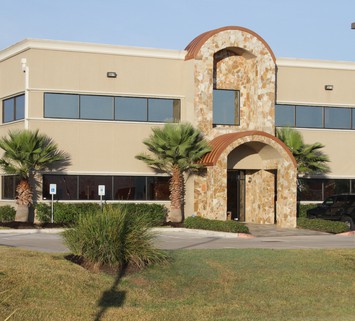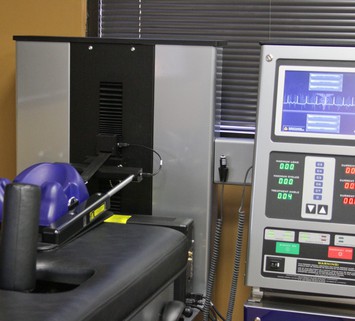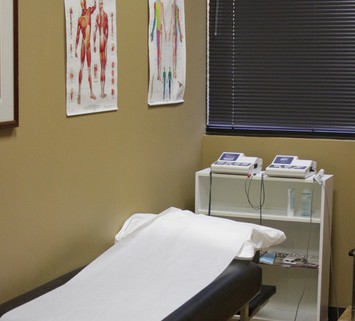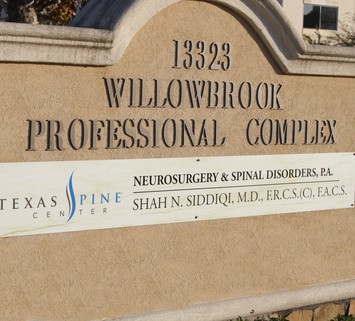We performed a retrospective study of 107 consecutive patients with syndromic forms of craniosynostosis (craniofacial dysostosis) seen by the craniofacial team at the Hospital for Sick Children between 1986 and 1992. There were 51 patients with Crouzon's syndrome, 33 with Apert's syndrome, 8 with Pfeiffer syndrome, 11 with Saethre-Chotzen syndrome, and 4 with kleeblättschadel anomaly. Six patients developed raised intracranial pressure (ICP) after initial suture release and decompression (Apert's syndrome, three patients; Pfeiffer syndrome, one patient; Saethre-Chotzen syndrome, two patients). Raised ICP was considered in those children who returned with a bulging fontanelle, progressive frontal bone protrusion, intermittent headaches, irritability, and vomiting. The diagnosis of raised ICP was based on papilledema (four patients), progressive macrocephaly (one patient), and ICP monitoring (one patient). No child in this group had hydrocephalus requiring cerebrospinal fluid diversion. Once raised ICP was detected in these children, a second operation was immediately performed to reduce the ICP with the intention of expanding the volume of the cranial cavity. The second procedures included: anterior cranial vault and upper orbital reshaping (four patients), posterior cranial vault reshaping (one patient), and total cranial vault reshaping (one patient). There were no perioperative complications in these patients, although one patient showed subsequent recurrence of raised ICP requiring further cranial vault re-expansion. At follow-up, ranging from 3 to 7 years, all six patients were asymptomatic without evidence of raised ICP. In our series, raised ICP occurred in 6% of the children with a craniofacial dysostosis syndrome after initial suture release and decompression.(ABSTRACT TRUNCATED AT 250 WORDS)



